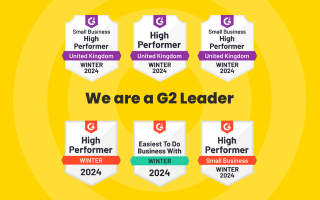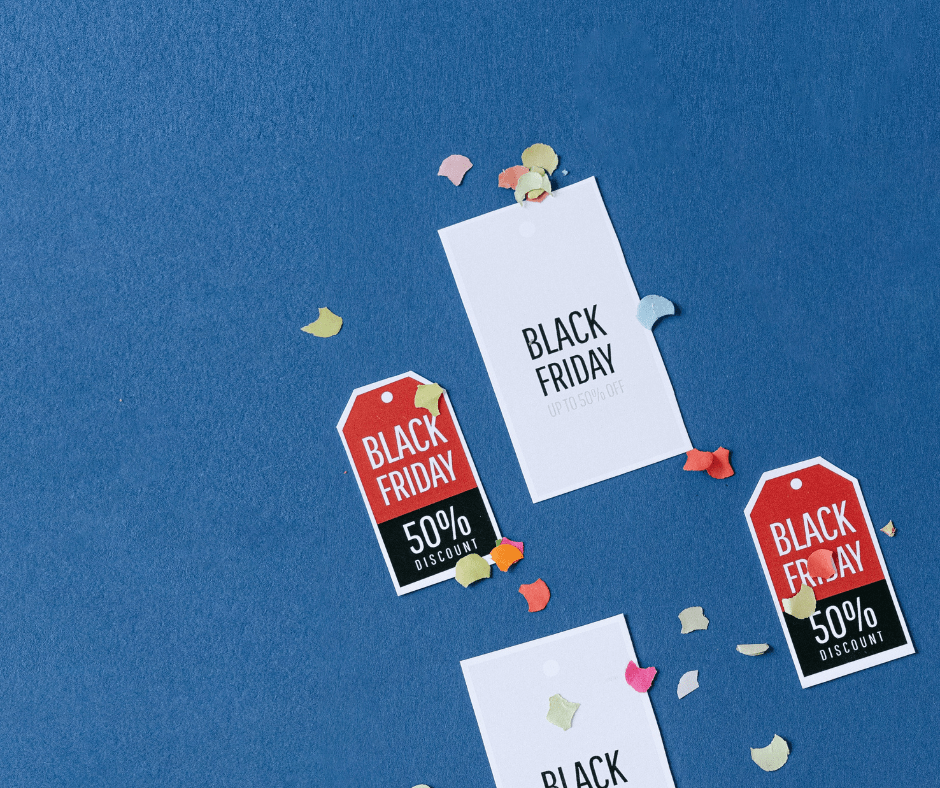You’ve no doubt seen countless ads on Facebook, YouTube, Instagram and LinkedIn from paid social gurus or cost per acquisition wizards. The problem is, they all tell you conflicting information, sometimes it’s all about the creatives that need to get people’s attention, other times your copy is the only thing that matters, and maybe the audiences are the path to success.
Any marketing is the culmination of multiple things working in tandem. You need to get your ads, copy and audiences aligned. Here’s our guide to starting your first paid social media campaign.
Set goals
Firstly, you need to know what you want to achieve. Are you wanting to purely drive revenue? In this case, we suggest conversion or catalogue sales. Are you trying to grow awareness in a new country? Then get some upper funnel engagement and traffic driving campaigns on the go, this refers to messaging that reaches users before they are aware of your brand, product, or service.
Your end goal always needs to match your conversion. Otherwise, you and your metrics will get confused, and it won’t work like you want it to.
Choose your audiences
Next up. Who are you targeting? Let’s say your campaign goal is conversions, so you want as many sales, and as much revenue as possible.
If you don’t know who to target, be broad initially. Put your faith in algorithms and work with your pixels to build up enough data, that you can segment later. The Facebook pixel is an analytics tool that allows you to measure the effectiveness of your advertising by understanding the actions people take on your website.
If you do know who you want to target, make sure you don’t exclude everyone because you don’t think they’re your ideal customer. It’s important to make sure you’re targeting the right people, whether that’s basket abandoners in your retargeting campaign, or a CRM lookalike audience in your prospecting.
A lookalike audience is a great way to reach new people who are likely to be interested in your business as they’re similar to your existing customers.
Your usual age demographics might be Millennials, but that doesn’t mean you shouldn’t also target Gen Z or Boomers. Why? Because you could be missing out on low hanging fruit and targeting the same people over and over will result in saturation and audience fatigue. The key is segmentation, to understand which specific audiences are working well, investing more in them, and building on that.
Let’s get creative
Now you’ve got your audience and your goals pinned down, we can work on the creatives.
You need to ensure your creatives, whether these are static or video ads, perfectly highlight your product, they stand out on people’s feeds. This way you’ll see a really strong click through rate.

Copy is key
You’ve got someone’s attention; they’ve looked at your ad and are interested.
You need your copy to say what your creative can’t. Is it a price, is it the features of the product you are selling, is it a reference to the audience group they fall into?
As with your creatives, you need to test. Does a product related copy work better than a direct call to action? If you aren’t running A/B testing, you’ll never know what you could improve on.

Conclusion
Paid social campaigns can be hard work, especially with a crowded market. If they weren’t, everyone would invest their entire marketing budget into paid social and it’d work first time every time.
However, it’s not as daunting a task as you think it might be. You need to know what your end goal is before you start, and make sure your messaging, audience and creatives are all aligned throughout.
Connecting your own data to BOSCO™ can help you find out where you are missing opportunities on your paid social channels such as Facebook and Instagram. Find out how BOSCO™ can help you, book a demo.




